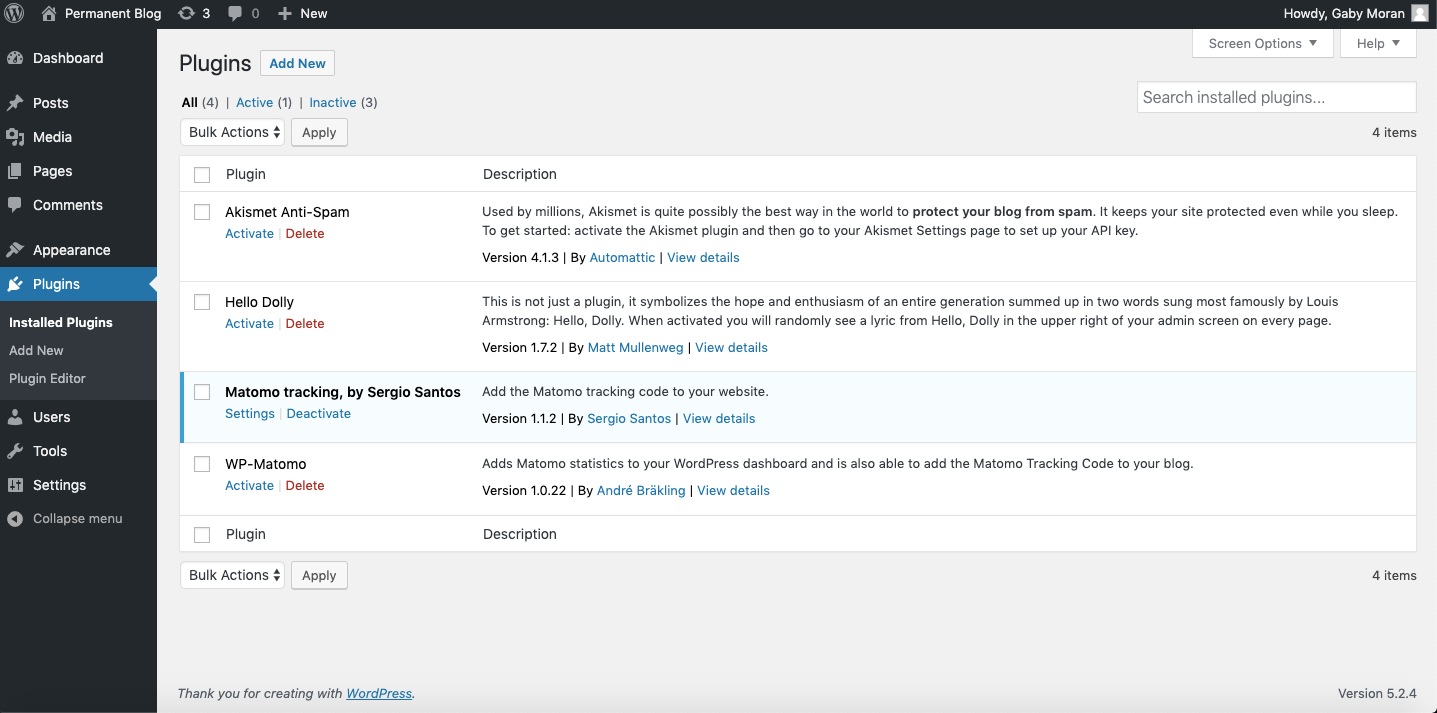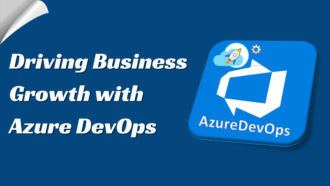Getting Started with Professional Open-Source Content Management Platforms
At one point, people would have thought that the idea of a professional-grade open-source content management solution was an oxymoron. Individuals in the open-source community were happy to pour over configuration files and arcane documentation, meaning outsiders often relied on closed-source commercial platforms. The explosion of user-friendly cloud applications released under a liberal licensing agreement has redefined the blogging and news landscape.
More than 43% of all publicly accessible websites now use some version of WordPress, released under the GNU General Public License. Individuals wanting to join that group should start by examining their expectations.
Plotting Out a Successful Course
Give some thought to how much material you will post and how often. Someone who wants to run a daily news site that covers everything going on in their place of business will naturally have much more robust needs than those who only plan to post something monthly. Web designers who plan on going with a WordPress-based solution won’t have to download many plugins if they’re working on behalf of someone in the latter category.
Prepackaged WordPress solutions come with a healthy amount of bundled software, so the first step after installing one is to pull out anything you won’t be using. Removing unnecessary add-ons can also benefit network security since doing so can help reduce the total attack surface of any server running it.
Assuming you don’t mind starting from scratch, the best way to start may be to deploy a WordPress system from the official repositories. Organizations that would prefer to custom tailor everything can do so from the beginning using this method, and they can be sure that they’re getting a safe installation package. Though some people might shy away from terminal command line applications, there shouldn’t be too much typing to get an instance up and running. New users might want to consult the official documentation and look for a quickstart guide on starting a blog to have something to reference while working.
As soon as the content management system can boot successfully, it’s essential to ensure that all critical features are switched on.
Deciding on the Right Plugins
Even though it might sound daunting, installing new plugins is as easy as installing any other package. Long-time Unix enthusiasts are probably accustomed to installing Debian or Red Hat-style applications, so there shouldn’t be any difficulty. WordPress doesn’t require containers, so users can try multiple plugin options without much difficulty to see if they’d like them. Some experts have recommended using a test installation to try things out before moving them over to the primary instance.
Commercial operators will likely want to install one of the shopping cart services available. However, they’ll want to be cautious since some contain close-sourced code under less liberal licenses than WordPress. Those who’ve gone so far as to deploy even their server on free software will also want to look into online control panels, which will help reduce the amount of command line work they do. When working with one of these panels, most tasks get reduced to a checkbox. Alternatively, they might instead want to look for a different solution altogether.
Trying Other Open Source Platforms
Even though WordPress has such a lock on the industry, several other solutions compete. Tech-savvy business owners might find installing one of these platforms easier since they tend to be lighter than some more prominent players. Well-staffed information technology departments that don’t mind doing everything alone may want to use a raw Linux control panel to manipulate their server settings and post content to their sites directly.
Since this method would require writing code whenever someone wanted to update their site, few people would like to try it. Nevertheless, the proliferation of personal hosting services and virtual machines has made it easy to spin up various content management systems for no other reason than to practice with them. Individuals who try out a few applications before deciding on the right one will stand a much better chance of getting something that does the job for them.



















